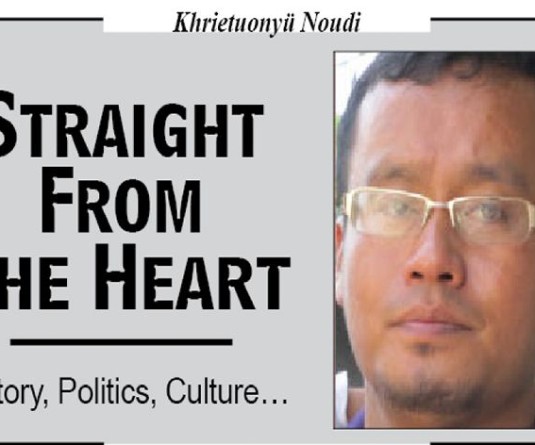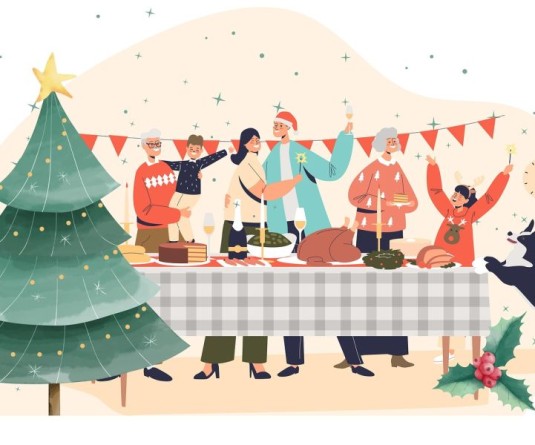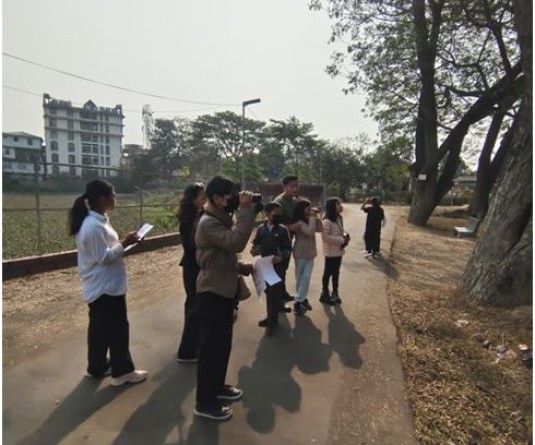
Jubilee Shangrei
The recent news item in The Morung Express “Shocking; Rape Case Settled for Rs 25,000”, has reminded me of one of my debate in my M. Phil class with one of my non-tribal classmate who put forward in the discussion that ‘tribal political system are less democratic than modern parliamentary democracy’. The point he put across in the class room was that ‘women are not represented in the decision making process in tribal political system’. He is right at least when it comes to non-representation of women in the tribal political system. The traditional Naga political system is a direct and participatory democracy with elements of popular participation in village state. The Nagas are jealous of their legislative authority and are not willing to surrender it to a small group of individuals alone. The political philosophy of the traditional political system of the Nagas is premised on the following assumptions: that no man is so good, or so perfect, or so knowledgeable, or so considerate and unselfish, as to be completely entrusted with the general well being and affairs of his fellowmen; that only the individual can be expected to best determine and protect his own interests; that the interests of no two individuals are exactly identical; and that the principle of communal interdependence is best served by voluntary reciprocal exchange based on the common understanding of all the parties involved.
But in the extended kinship idiom of the Nagas, where are all our sisters and mothers in our political system especially in the decision-making process? Decision-making is an important indicator of position and authority in the society. Who controls and makes decision significantly reveals the social position of an individual or a group in the society. In the decision-making the chief or chief –in- council (oldest members from each clan based on the principle of gerontocracy) along with the male members constitute decision-making body in Naga societies. Thus, it becomes evident that the Naga women are regularly excluded from all decision-making processes. And at the most our Naga women can have a say is tied to the hearth, at times they do not even have this opportunity. But the most prominently demanded feature of the women is to act as ‘go in between’ in warfare between villages. ‘Go-in- between” refers to married women who act as mediators and peace emissaries in the Naga society. She is also referred to as the ‘Peace maker’, the ‘bearer of the torch of peace and the ‘Red Cross bearer’ of Naga inter village war. For instance, when feud or internecine war broke out between her husband’s village/clan and her original village/clan she acted as the peace emissary. The ‘go-in-between’ lady boldly entered the battle field and intervened in the fighting of warriors of the two warring entities. She is being used as human (male) shied in the game of blood and spear, and a nascent form of this is still in practice at present –The Shirui episode (the tension mounted by the Indian Army initiative to wipe out NSCN camp).But her social, economic and political roles and rights as a full members of the body politic of the community is never recognized or remembered in the formal institutions. In the head hunting spree her head is highly attached to social status of the hunter; for which she is most vulnerable in the game of skull trophy. Thus, women are merely reduced to symbolism or representation of male social status and fertility. Primogeniture being the rule of inheritance among the Nagas, whereby the eldest son inherits the ancestral property especially the immovable properties like land, house and other similar assets. In the absence of a male heir the closest kin on the paternal side inherits the property. On the other hand, women are not entitled to receive such ancestral properties, at the most they receives some movable properties such as the shawls, the traditional necklaces and domesticated animals in case of a well to do family.
Putting this into context our Naga society needs to transform from customary law to gender justice. Instead of a Hindu caste centric perception of tribal women that presented as ‘liberated’ possessing the freedom to move beyond the four corners of the house and unashamedly partake in the social activities alongside the men. Probably it is in this light that Furer-Haimendorf had said ‘[m]any women in the more civilised parts of India may well envy the women of the Naga Hills, their high status and their free and happy life and if you measure the cultural level of the people by the social position and the personal freedom of its women you will think twice before looking down on the Nagas as savages’ (Von, Furer-Haimendorf, C, The Naked Nagas, 1933: 96). Violence against women and girls is the most pervasive violation of human rights which is so deeply embedded in cultures around the world that it is almost invisible. Yet this brutality is not inevitable. Wife-beating, for example, is considered part of the natural order in many countries—a masculine prerogative. In 12 Latin American countries, a rapist can be exonerated if he offers to marry the victim and she accepts. In one country, Costa Rica, he can be exonerated even if she refuses his offer. The family of the victim frequently pressures her to marry the rapist, which they believe restores the family’s honour. The recent episode of rape case settled with 25,000 Rupees can indirectly led to a process of encouraging rape case in the society because it’s all to do with cash not shame and punishment, and by which our sisters will implicitly be an easy meat if one is rich and the will to rape. How can the chastity and morality of our women can be less than the price of a full grown buffalo or mithun (35,000-40,000 Rupees). Therefore, we need a gender justice under our customary laws as “disputes under customary law must not be seen as a contest between equality and culture in the sense that one of them must 'win' over the other. It is an intra-cultural conflict when a woman comes to court to argue about her status. In doing so, she does not dislodge herself from her culture. She just brings an internal cultural dispute to an alternative tribunal in order t o be heard. The fight is no longer between equality and culture. Rather it is between two different interest groups battling to retain or change power relations within their very culture- a culture which is constantly evolving (Bronstein V, 1998. 'Reconceptualising the Customary Law debate in South Africa', South African Journal on Human Rights). Stopping violence against women and girls is not just a matter of punishing individual acts. The issue is changing the perception— so deep-seated it is often unconscious—that women are fundamentally of less value than men. It is only when women and girls gain their place as strong and equal members of society that violence against them will be viewed as a shocking aberration rather than an invisible norm.






